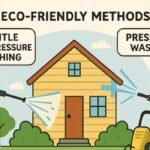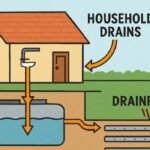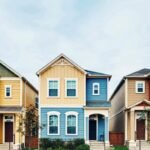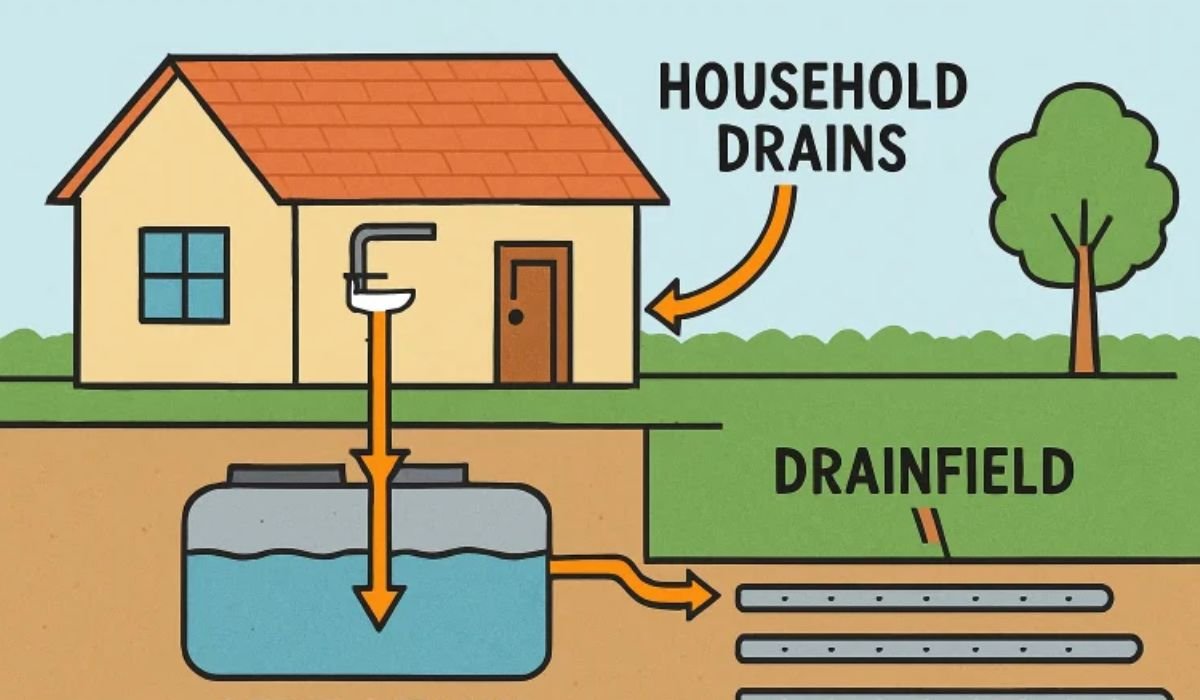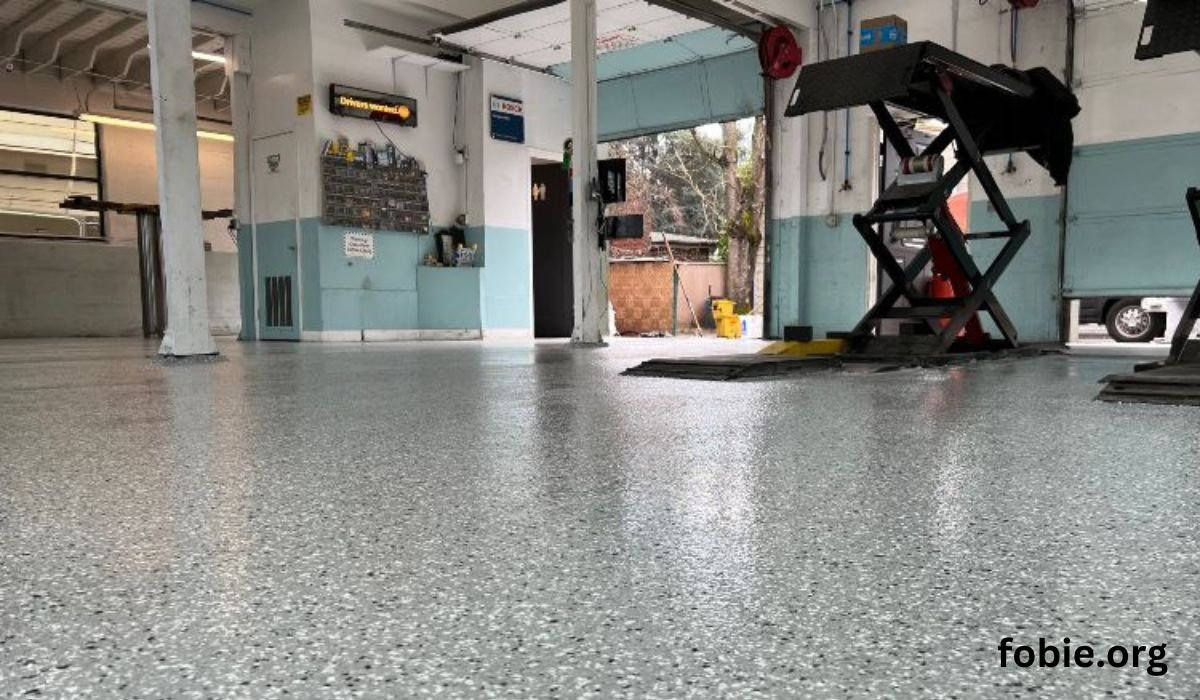Key Takeaways:
- Gain a comprehensive understanding of the various health hazards posed by mold exposure in homes.
- Learn about early detection and initial steps to handle mold accumulation in residential areas.
- Discover proactive strategies to prevent mold growth and maintain a healthy living space.
The Nature of Mold
Mold is a stealthy adversary in many homes, silently spreading and posing remarkable risks. Recognizing the threats associated with mold and understanding how to manage it is vital for protecting your health and property. This article sheds light on the dangers mold presents in residential settings, providing detailed insights on prevention and control to secure a healthier living environment.
Mold is a fungal growth that flourishes in warm, damp, and humid environments. It exists as microscopic spores floating through the air indoors and outdoors, ever-ready to settle in an environment conducive to its propagation. While the spores’ omnipresence makes them difficult to eradicate, understanding their biology is crucial for controlling their spread. Mold can latch onto varying surfaces, ranging from organic materials like wood, paper, and fabric, making any home part vulnerable to its infestation.
The issue with mold is twofold: aesthetic damage and, more crucially, the health repercussions for those who live within its reach. Surfaces marred by mold become unsightly, but polished surfaces can mask the underlying grim until the problem surfaces visibly. The subtler danger, however, lies in inhaling the spores, potentially triggering health complications that may require attention over time. This highlights the essential nature of timely mold removal when mold is suspected, preventing further complications and ensuring the home remains a healthy sanctuary.
Health Risks of Mold Exposure
Mold threatens not just your home’s structure but also your health. Health effects can manifest in many forms, particularly affecting the respiratory system. The fragmented microscopic mold spores easily become airborne, entering the nasal passages and lungs. This spells bad news for all, but it particularly affects individuals with weakened immune systems, allergies, or pre-existing respiratory conditions like asthma.
Symptoms borne of mold exposure include sneezing, skin irritation, watery eyes, and an increased potential for asthma onset in children exposed to moldy conditions early on. Sensitive individuals might experience chronic sinus infections, wheezing, and difficulty breathing. Undertaking a mold inspection can identify concerns early, protecting occupants from the plethora of health issues mold can incubate.
Structural Impacts of Mold
Besides health concerns, mold imperils homes’ structural integrity. Left unaddressed, mold weakens resilient building materials. Organic materials become prime breeding grounds, and relentless mold digests substances like wood, ultimately compromising structural soundness. This results in aesthetic degradation and risks broader structural harm, translating into expensive repair costs if allowed to progress unhindered.
Mold thrives within wall cavities, HVAC systems, and hidden pockets, unknowingly jeopardizing the practical functionality of the whole house while homeowners remain oblivious. Understanding choices like moisture control, adequate ventilation, and regular home audits is pivotal in controlling environments conducive to mold proliferation, curtailing potential structural threats at initial formation stages.
Identifying Mold Presence
The silent spread of mold necessitates vigilance in detection efforts. Spotting mold can stem from visible discoloration to persistent patches on surfaces such as walls and ceiling tiles. However, mold doesn’t always parade its presence openly. Oftentimes, a telltale musty smell precedes the visibility of physical colonies. A keen sense of smell can detect mold’s gentle invasion long before visual confirmation is possible.
Another noteworthy sign could be unexplained health issues among residents, particularly affecting the respiratory functions without an apparent cause. If suspicions arise, professional inspections offer a comprehensive survey to confirm mold development across less visible areas such as under carpets or inside ductwork. Early identification is instrumental in containing mold before it transforms into a larger, less manageable problem.
READ ALSO: Creating Lush Landscapes: Expert Techniques for a Thriving Lawn
Steps to Manage Mold Growth
Upon identifying mold, swift action is paramount in mitigating its spread and impact. Initiate by thoroughly cleaning affected areas with solutions proven effective against mold, such as a mixture of water and detergent, ensuring no residue encourages re-establishment. Encapsulation might be required for addressing mold in expansive, non-removable domains, preventing spores from escaping into the air.
Part of management involves the strategic removal of materials bearing significant mold coverage. Discarding compromised segments ensures the area stays uncontaminated. Equally important is maintaining air quality. Equip rooms with adequate ventilators or dehumidifiers to counter moisture, creating an inhospitable environment for further mold growth. Combining household management with vigilance provides a foundational defense against mold encroachment.
Preventing Mold Growth
Establishing preventative measures is crucial in maintaining a mold-resistant home. Control humidity levels to deter mold growth. An interior below 60% humidity inhibits mold’s fervent appetite for moisture. Successful prevention often hinges upon minimalistic initiatives: ensuring bathrooms and kitchens are well-ventilated after activities that produce steam, regularly checking plumbing beneath sinks, and using exhaust fans wisely.
An overlooked yet impactful approach involves landscape management. Soil grading should channel water away from the house, avoiding stagnant moisture accumulated along the foundation. Equally, unclogged gutter systems routinely deter pooling water that could seep into house structures. Together with practical indoor steps, these are robust deterrents for mold seeking to establish a foothold.
Professional Intervention
Achieving a mold-free environment is sometimes beyond the creativity of a DIY approach. Professional intervention becomes imperative once mold gains a firm hold or infiltrates critical home systems. Experts possess the skill set, experience, and technologies necessary to address entrenched infestations while applying treatments too complex or hazardous for personal undertakings.
The involvement of accredited specialists not only guarantees a resolved mold issue but often concurrently serves as an educational avenue for homeowners to establish stringent, informed guidelines ensuring mold remains a minimal concern moving forward. Collaborating with professionals consolidates efforts, pooling resources towards achieving and maintaining a safe, customizable household, excluding mold intrusion.
Conclusion
The enigma of mold in homes underscores the necessity of understanding and action. It touches upon quarters of health, safety, and structures requiring no ambiguous outlook but a clear resolving pathway to address potential issues at their slightest inclination toward severity. Appropriately assessing and mitigating mold through informed, preventive, and recovery strategies protects all residents’ sanctuaries and well-being. Through attentive management and potential professional collaboration, dwellings can achieve an ideal free of mold, maintaining the sanctuary they’re meant to be for lifetimes unregulated by mold’s presence.
YOU MAY ALSO LIKE: Eco-Friendly Decking: Sustainable Solutions for Outdoor Living


